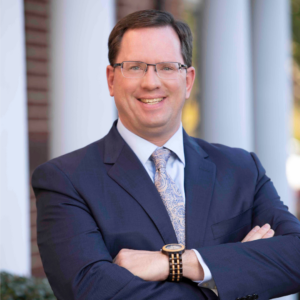The changing landscape of assisted living
The Assisted Living Federation of America (ALFA) conference, held earlier this month in Dallas presented this observer a close-up look at the critical issues and opportunities facing a senior living sector in transition.
While attendees traded industry gossip, got pumped up by motivational speakers and soaked up practical education on everything from financing and leadership to sales strategies and risk management, an underlying theme was the changing landscape of assisted living. I wouldn’t characterize the mood as anxious but there definitely was a feeling of uncertainty in the hot Texas air.
As one attendee noted, the residents AL serves today mirror the residents skilled nursing facilities served 20 years ago. That is, AL providers are accepting a much older, frailer population with higher acuities and related needs. This presents providers a laundry list of issues to deal with while at the same time facing looming regulatory oversight at the federal and state level. In fact, New York State has created a licensure called “enhanced assisted living” to reflect the evolution. Meanwhile, as we reported last week, a new study has found an association between an increase in assisted living options and a decline in nursing home occupancy.
I attended a session at the conference that examined the role AL plays when it comes to forming care partnerships with acute care providers—who are charged with preventing hospital readmissions in a new era of accountable care. Erik Johnson, senior vice president, Avalere Health, described a “maturing ecosystem with more infrastructure” and three notable trends: adoption of health information technology (HIT) in the clinical setting, payment adjustments with pay for performance and value-based purchasing, and dissemination of evidence-based guidelines. “Quality measures must be met to succeed,” Johnson said.
Francine O’Neill, corporate director of wellness at The Arbor Company, addressed the role AL plays in care transitions and the major causes of hospital readmissions: medication mismanagement, failure to follow-up with a resident’s primary care provider (PCP) and an inability to identify symptoms that need to be reported to one’s provider.
“There’s such a lack of understanding about what assisted living is,” said Tiffany Tomasso, founding partner, Kensington Senior Living. Tomasso noted some common AL issues including fragmented care; loss of resident mobility, which reduces the ease and frequency of primary care provider visits; a lack of knowledge on the part of hospitals about services that can be provided in assisted living; a less-than-ideal emergency department experience for residents; coordination of services including challenges of post-hospitalization care; and poorly communicated medical records between the community, the PCP and the hospital.
O’Neill suggested a few simple opportunities for improvement to keep residents out of the hospital: medical follow-up on site, medication reconciliation (engaging pharmacists to become more involved) and residence-based rehab and hospice care. The goals for providers hoping to tap partnerships are clear, said O’Neill: Decrease hospitalizations with interventions at the first sign of clinical red flags, increase accessibility to top quality providers, and generate a powerful referral base.
Tomasso’s vision for her community (and it could be said for many forward-thinking ALs) is to create strong partnerships with local hospitals to offer a full range of coordinated, seamless, clinical services. Services could include an on-site physician office, diagnostics and therapy center, a senior friendly ER experience and an integrated medical record.
As Johnson observed, “[We face] an uncertain and ambiguous path forward. We’re laying track as we drive the train.”

Patricia Sheehan was Editor in Chief of I Advance Senior Care / Long Term Living from 2010-2013. She is now manager, communications at Nestlé USA.
Related Articles
Topics: Executive Leadership , Leadership











